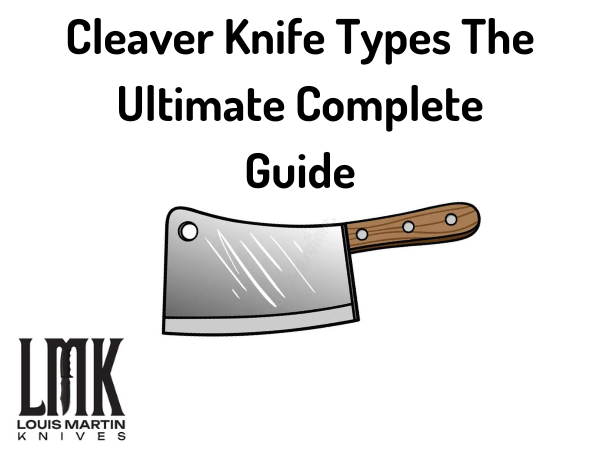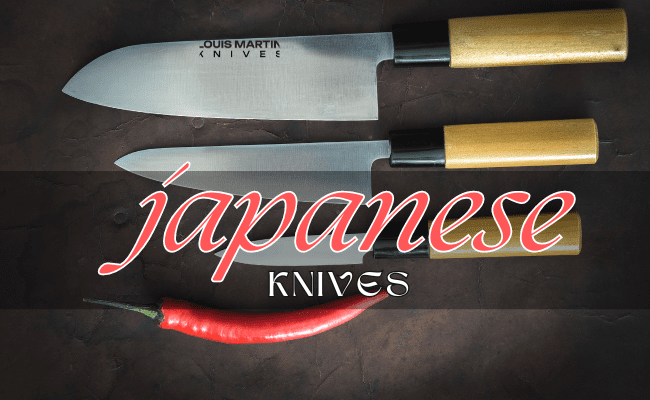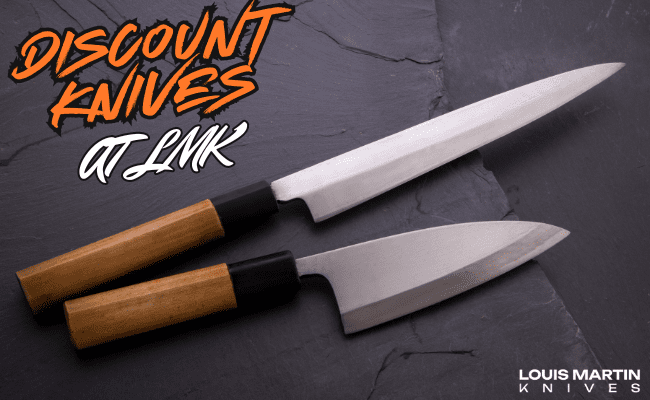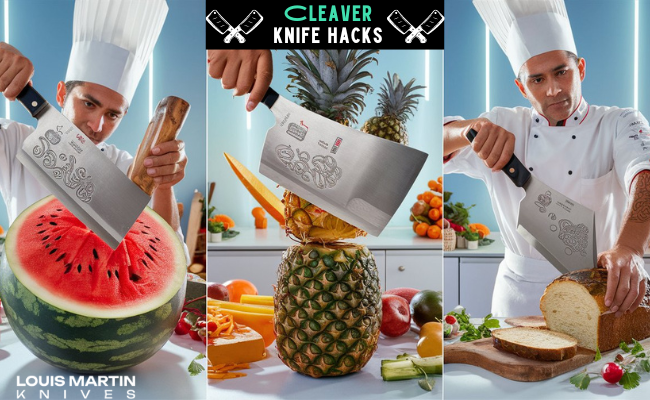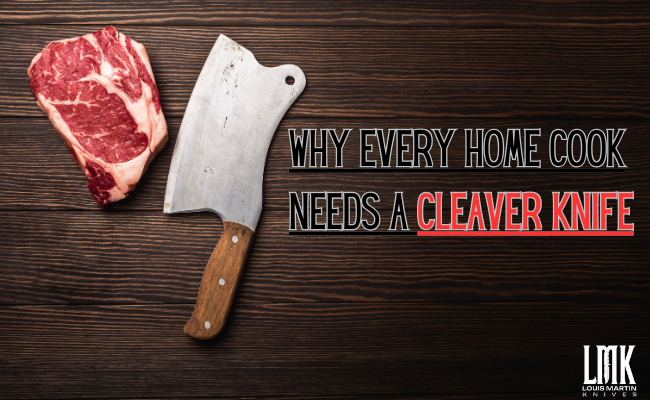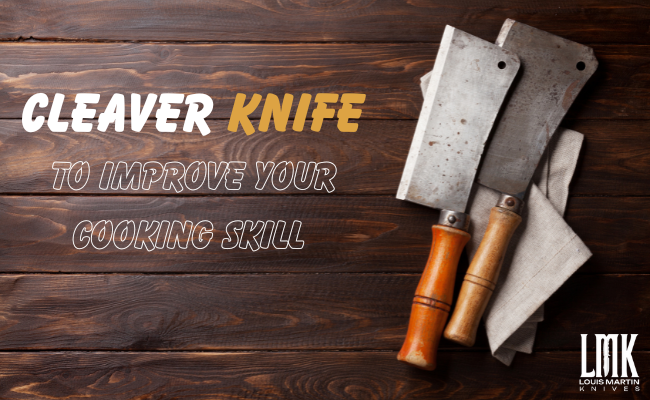Damascus Knife Guide and marvel at the intricacy of those blades? Well, a Cleaver Knife holds its own weight in the kitchen too. If you stick with me, I’ll spill the beans on why this heavy hitter is a must-have and how to pick the right one for your culinary needs. If you’re still looking for that perfect fit, you can’t go wrong with a cleaver knife from Louis Martin Knives Custom Handmade Knives
History of Cleaver Knives
The cleaver was your go-to for every tough job. Over the years, its design morphed from a crude piece of metal to a well-crafted kitchen tool. Now it’s a staple no kitchen should lack.
Types of Cleaver Knives
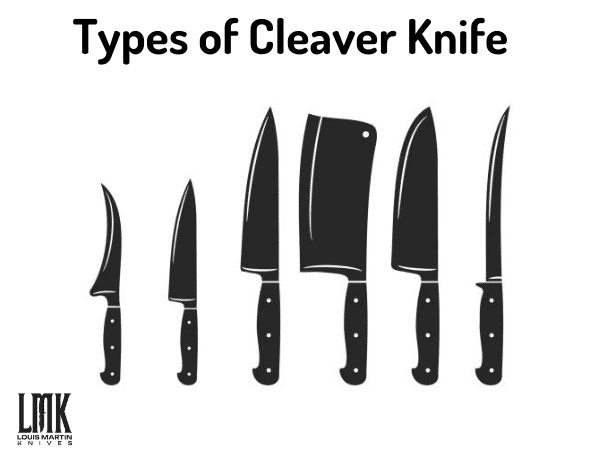
Meat Cleavers
Features and Design: Meat cleavers are hefty. They’re the Arnold Schwarzenegger of the knife world. Designed for heavy lifting, these knives have a thick blade that can easily split bones. The handle is built to withstand force, offering you the right grip when you’re doing hard tasks like breaking down a roast.
Common Uses: Meat cleavers Knife are not for the faint-hearted. Think of butchery tasks cutting through bones, breaking down large pieces of meat, and even separating ribs. They’re like the sledgehammer in your toolkit, ideal for tasks that your regular knives can’t manage.
Recommendations for Beginners: Start simple. Opt for a mid-range meat cleaver knife that’s neither too heavy nor too light. The basics like how to grip it properly and the right angle for effective cutting. It may be tempting to go full throttle but take it easy until you get the hang of it.
Vegetable Cleavers
Features and Design: A vegetable cleaver is like a ballerina light on its feet but precise. The blade is thinner than its meat counterpart and often more nimble. This makes it great for slicing through veggies without tearing delicate structures like herbs or leafy greens.
Common Uses: Ever tried slicing a pumpkin or chopping up a watermelon? If you’ve struggled with a chef’s knife, a vegetable cleaver might be your savior. From thick-skinned veggies to large fruits, this cleaver can tackle it all.
Recommendations for Beginners: If you’re new to using cleavers, a vegetable cleaver is a safe starting point. It’s lighter, easier to manage, and less intimidating than a meat cleaver. Practice with larger vegetables and work your way down to smaller items.
Chinese Cleavers
Features and Design: Chinese cleavers are your Jack-of-all-trades. The blade is broad and versatile, and it’s equally good at slicing meat or vegetables. They’re not as heavy as meat cleavers, but not as light as vegetable ones, making them perfect for a variety of tasks.
Common Uses: These cleavers are like the Swiss Army knife of the kitchen. Use them for chopping veggies, slicing meat, and even some light bone cutting. Yes, they’re that versatile. A Chinese cleaver can even scrape food into your cooking pot or act as a spatula in a pinch.
Recommendations for Beginners: If you’re looking for an all-rounder, a Chinese cleaver is the way to go. Make sure you get one that feels comfortable in your hands and is not too heavy. Balance is crucial for effective use.
Material and Craftsmanship
Ever heard the saying, “You get what you pay for?” This applies to cleavers too. Quality matters. For blades, you’ve got options like stainless steel or carbon steel. Each has its pros and cons but whatever you choose, make sure it’s high-grade material. For handles, you’ll see wood, rubber, and even some metal types. It’s all about the grip and comfort. And let’s not forget craftsmanship. A well-made cleaver knife will last you a lifetime.
Techniques for Using Cleaver Knives
A cleaver is not just for hacking away. There are finesse and technique involved. Learn the art of basic chopping. Get a grip on fine slicing and dicing. Your cleaver can be as precise as you make it. And keep that edge sharp. A blunt cleaver is a recipe for disaster.
Basic Chopping
You might think a cleaver is all about brute force. Technique matters. Hold the hunting knife securely. Grip the handle like you mean it. Then go to town on those veggies or cuts of meat. A good cleaver knife makes quick work of large and small chopping tasks.
Slicing and Dicing
Who says cleavers are just for chopping? They can be as delicate as a ballerina if you know what you’re doing. For fine slicing, use the edge near the handle for better control. To dice, first create slices and then cut them into smaller pieces. Yep, your cleaver knife can be that versatile!
Cracking Bones
These are built for heavy-duty work. Do you have some chicken or fish bones to deal with? Place the bone under the blade’s edge and give it a good whack. Just make sure your other hand is out of the way!
Mincing
You can even mince with a cleaver knife. All you need to do is gather your herbs or garlic and then chop away lightly. Use quick and short strokes. Before you know it, you’ll have finely minced ingredients ready to go.
Edge Maintenance
The best cleaver knife is a sharp one. To maintain that edge, use a honing rod or a quality whetstone. Regular honing ensures you keep that blade in tip-top shape. Your ingredients won’t know what hit them.
Choosing the Right Cleaver Knife
Consider the blade length and weight that fits your hand and cutting style. Ergonomics and balance play a big role. And don’t go bargain hunting for cleavers. You want quality. Where to buy? Check out culinary stores, online shops, or even specialty knife shops.
Care and Maintenance
Clean it right after use. No dishwashers please! As for sharpening, that’s an art in itself. You’ll find plenty of guides and tutorials out there. And store it properly. A knife block or magnetic strip works wonders.
Safety Measures
Always have a firm grip on the handle. And invest in some safety gear like cut-resistant gloves. You’re handling a powerful tool, so let’s not take any chances, alright?
Popular Uses for Cleaver Knives
So where does this mighty tool shine? Kitchen duties are a given. But did you know cleavers are also great for outdoor cooking and barbecues?
Personal Recommendations
There are some decent budget-friendly cleaver knife options out there. For those looking for the cream of the crop, there are premium picks that are a dream for any avid cook.
Frequently Asked Questions
Is a cleaver knife necessary? Well, it’s like asking if a car needs a steering wheel. How often should you sharpen it? A good rule of thumb is to hone it every couple of uses.
Conclusion
If you’re serious about upping your kitchen game, a quality cleaver knife is a must-have. Take it from someone who’s been there, done that. Investing in a quality tool like a cleaver knife from Louis Martin Knives Wholesale Knives will transform your cooking experience.
